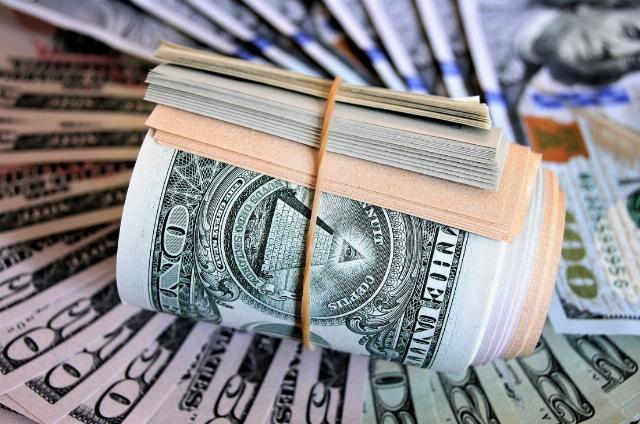What is a tariff, anyway?
I have been patiently waiting for someone in the media to explain the meaning of “tariff” to the general public, rather than going on endlessly about the implications of imposing, for example, a 50% tariff on vehicles, a 20% tariff on steel, and a 10% tariff on aluminum on foreign nations, specifically now on China.
It’s my belief that the general public would like an overview explaining tariffs instead of listening to political tirades from numerous politicians and knee-jerk journalists, reporters, editors, and “talking heads” about what might happen if the United States adopts these new tariffs.
I’m no economist, but my undergraduate degree from the George Washington University was in American studies. I worked at U.S. Customs in the 1980s, having interacted directly with the commissioner of customs on a number of issues, including his frustrating attempts to interest Congress in the “boring” subject of revising tariff laws for trade equality/reciprocity with foreign nations. Congress was much more interested in U.S. Customs’ other mission, law enforcement, which included immigration and illegal activities including alcohol and drug interdiction, all of which I was party to as well.
U.S. Customs, at that time (until 2003), was a part of the U.S. Treasury. Why? To collect tariffs. What’s a tariff? Simply stated, it’s an import tax (AKA a duty) on foreign goods, primarily in place to protect and support U.S. economic and financial interests, including industry and defense. Tax = money (AKA revenue), and therefore the U.S. Treasury, through U.S. Customs, was directly involved.
Now let’s briefly go back in history for a perspective.
The Revolutionary War created much debt for the newly formed United States, and since Congress had not enacted any domestic taxes, there was no method of collecting income. The U.S. Customs Service was created shortly after ratifying the U.S. Constitution in 1789 to provide revenue through the collection of duties and tariffs on imported goods from foreign nations.
For more than 100 years, until the emergence of the United States as a world power at the end of the 19th century, the U.S. Customs Service collected the vast majority of revenue to sufficiently fund the U.S. government and military. When the revenue was deemed no longer adequate, Congress eventually enacted the 16th Amendment in 1913, which created domestic income taxes, collected by what is known today as the Internal Revenue Service, also under the umbrella of the U.S. Treasury.
It is generally accepted that up until World War II, most of our tariff laws were intended to strongly protect U.S. industries and defense interests. Some were effective, some not. Controversy on different tariffs throughout our U.S. history was nearly always present, so this newest debate should not come as a surprise, except to many of those in the media.
After World War II, the United States was tasked with rebuilding much of the world, including our allies and our vanquished enemies, in order to promote the creation of democracies, stability, and world peace. “Uncle Sam,” as the emerging global superpower with deep pockets and unequaled industrial might, did not pay much attention to the many foreign nations that imposed more restrictions and tariffs on U.S. imports than we did on similar foreign imports, to promote and protect their interests.
These domestic and foreign tariff policies helped to create large trade imbalances and cheaper imported goods than domestic ones, with a few modern trade agreements exceptions attempting to create a more level “playing field.” In today’s fiercely competitive global economy, we can no longer have a tariff laissez-fare attitude, where the United States gives more than it receives.
Bottom line: When trading with foreign nations, we need to push for tariff reciprocity and, when necessary, enact stiffer tariff protections for our industries and defense interests.

Image: pasja1000 via Pixabay, Pixabay License.





